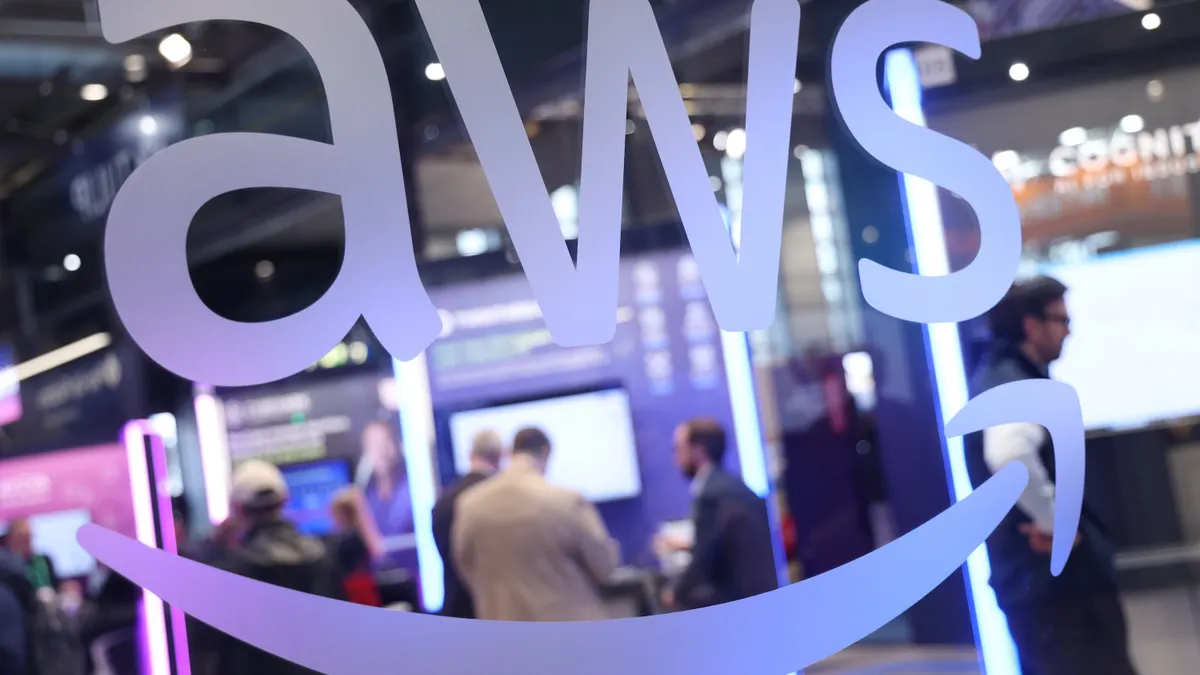Vibe coding is the latest AI term to make the rounds, intriguing the largest enterprises and smallest startups alike. First coined by computer scientist Andrej Karpathy in February, the term refers to the use of AI and large language models to create executable code.
Experts are split on whether it's ushering in a new era of low-code/no-code tools or just another way for traditional developers to speed up processes. There is consensus, however, around the approach's stickiness. By 2028, Gartner expects enterprises to use vibe coding techniques and tools to create 40% of new production software.
Businesses have become more open to incorporating AI coding tools, but there are risks to adopting AI-reliant approaches to software and application development.
“We’re keeping an eye on it,” Sean Tibor, director of global cloud engineering at Mondelēz International, told CIO Dive. “We want to make sure we understand it really well and understand what the implications are.”
Mondelēz engineers are currently supporting the company’s $1.2 billion multiyear transformation effort, which includes exiting data centers, migrating workloads and upgrading an ERP. AI-powered productivity boosts are a draw for the company, especially with the sizable undertaking, but leaders prioritize a risk-conscious approach.
“I don’t think it’s a bad thing … but we’re trying to deliver enterprise-grade software that holds up and works well,” Tibor said. “We still have to be heavily accountable and responsible for the code that we’re using and generating.”
At this point, vibe coding tools and techniques are still nascent and have yet to reach the security and scalability standards often required in enterprise development, analysts say. But like everything else in AI, that could change soon as the technology develops.
“The large language models keep improving in terms of automated coding,” said Michael Azoff, chief analyst for Omdia’s cloud and data center team. “In six months' time, in a year’s time, it could be so much better.”
AI-powered coding assistants already have a strong foothold in the enterprise. Banks and financial institutions are utilizing the tools to reverse engineer legacy code. Retailers like Walmart described seeing early wins with the technology and have continued to expand access.
But the addition of AI-powered coding tools has also put a strain on developers. More than two-thirds said they feel more pressure to deliver projects faster, according to a March HackerRank survey.
The tools will likely lead to broader shifts in developer responsibilities. To meet changing expectations, Gartner predicts around 4 in 5 engineers will need to upskill by 2027 as generative AI reshapes existing workflows and job functions.
The current reality
Some experts see vibe coding as a step beyond traditional low-code and no-code tools, empowering non-technical employees to fix problems faster. Others characterize it as an approach to speed up initial processes for traditional developers.
Either way, analysts recommend enterprises keep vibe coding experiments internal for now.
Small projects or initial proofs-of-concept are where the approach can shine, according to Ryan Ries, chief AI and data scientist at managed services and consulting provider Mission Cloud.
“One of the guys on the team quickly vibe coded a little UI,” Ries said, referring to a mini hackathon the company recently hosted.
“When we work with a customer and we need to do a really quick POC, often people will do some vibe coding,” he added.
CIOs will need to stay connected with developers to understand where vibe coding might best work in the enterprise, said Steve Fenton, director of developer relations at Octopus Deploy.
Fenton used it to quickly create a webpage recognizing a company milestone.
“I could have sat down and coded that, and it would’ve probably taken me an hour to get 90% there,” Fenton said. “I just went in and asked Claude to give me that page, and it was close enough.”
In this case, the webpage didn’t need to be perfect — or even sustainable.
“It’ll live for a few weeks and then I can just delete it,” Fenton said. “The perfect use case is that transient code that just does the lifting for them.”
Analysts recommend enterprises begin using the development approach in controlled, sandboxed environments to start paving the way for broader adoption down the line.
“Enterprises need to have very strong standards,” Omdia’s Azoff said. “The danger for organizations is that vibe coding could infiltrate and grow without their knowledge.”
Other potential pitfalls include security and compliance risks. A lack of governance could also result in vibe coders failing to meet testing and quality assurance standards.
“You need to have managers that keep track of their team and how software is being developed,” Azoff said. “Vibe coding has its place, I just think you need to be very clear about how it’s being used and where.”
Disclosure: Informa, which owns a controlling stake in Informa TechTarget, the publisher behind CIO Dive, is also invested in Omdia. Informa has no influence over CIO Dive’s coverage.























